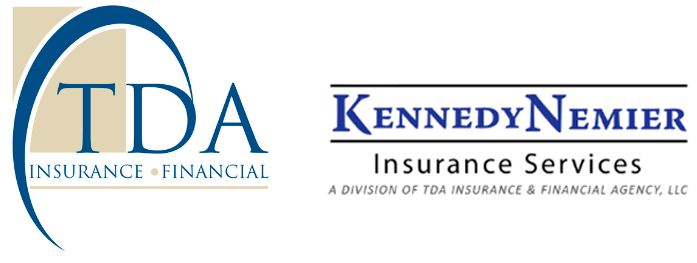
When it comes to Workers’ Compensation and General Liability Insurance, annual audits are more than just a formality—they’re a requirement written into your policy. Many businesses overlook or delay these audits, often unaware of the serious financial and coverage risks that come with non-compliance.
If you’re tempted to put of your insurance audit, here’s why that could be a costly mistake:
What Happens If You Ignore Your Insurance Audit?
Failing to complete your insurance audit on time can trigger significant consequences.
Increased Premium Costs: If you don’t comply, your insurer may:
- Apply a 20-100% payroll surcharge to your policy
- Refuse to renew your coverage
While surcharge may allow your policy to continue for a short period, it only postpones the inevitable. If you remain non-compliant, your insurer will likely issue a non-renewal notice, leaving you scrambling to find new coverage.
Compliance Issues If You Switch Insurance Companies
Some business owners try to avoid audits by switching to a new insurance provider. However, this strategy doesn’t erase your obligations to your previous insurer.
- Your old insurance company will still require a final audit, even if your policy has expired.
- Failure to complete the audit means you’ll still get hit with 20-100% surcharge—and if the invoice goes unpaid, it may be sent to collections, impacting your credit.
- Inaccurate payroll estimates due to incomplete audits can result in unexpectedly high future premiums or overpayment.
- Your new insurer will also require an audit at the end of your first policy term. If you don’t comply, you’ll be right back in the same situation—surcharges, non-renewals, and financial headaches.
- If you ever need to obtain state-assigned Workers’ Compensation Coverage, any outstanding audit issues will be flagged. The state won’t allow coverage until all past audits are completed and any audit-related invoices are paid.
Legal and Regulatory Consequences
Ignoring your insurance audit can also lead to lead and regulatory issues. Non-compliance with Audit requirements can result in fines and penalties from regulatory bodies, further straining your financial resources.
Impact on Business Operations
Without proper insurance coverage, your business operations could be severely impacted. In the event of a claim, you might find yourself without the necessary coverage, leading to out-of-pocket expenses that could cripple your business
How to Stay Compliant and Avoid Costly Suprises
The good news? Completing your audit isn’t as complicated as it may seem. Here’s how to make the process smoother:
- Work With Your Insurance Company, Auditor, and Agency: Ensure you submit the necessary documents on time. Clear communication with all parties involved can help streamline the process.
- Get Accurate Payroll Records: Your payroll provider can often generate a Workers’ Compensation Payroll Report and Quarterly Payroll Reports (941), which usually sufficient for audits.
- Track Payments to Subcontractors: If they don’t carry their own Workers’ compensation insurance of General Liability Insurance, those payments may be included in your payroll audit, increasing your costs.
- Don’t Leave Money on the Table: If your audit shows that you overpaid o your premium, you could be eligible for a refund. Make sure to review your audit results carefully.
- Stay Organized: Keep all relevant documents and records organized throughout the year. This will make the audit process much easier and less stressful.
Skipping your insurance audit may seem like an easy way to avoid paperwork, but it can lead to higher premiums, policy cancellations, and even collections. Instead of risking financial penalties, take a proactive approach—stay compliant, keep accurate records, and reach out to your insurance agency for help if needed
Still have questions about your insurance audit? For more information or personalized assistance, please contact TDA Insurance. We’re here to support you through this process and ensure your business remains complaint.
📞 248-347-3630
🌐 www.tdainsurance.com
